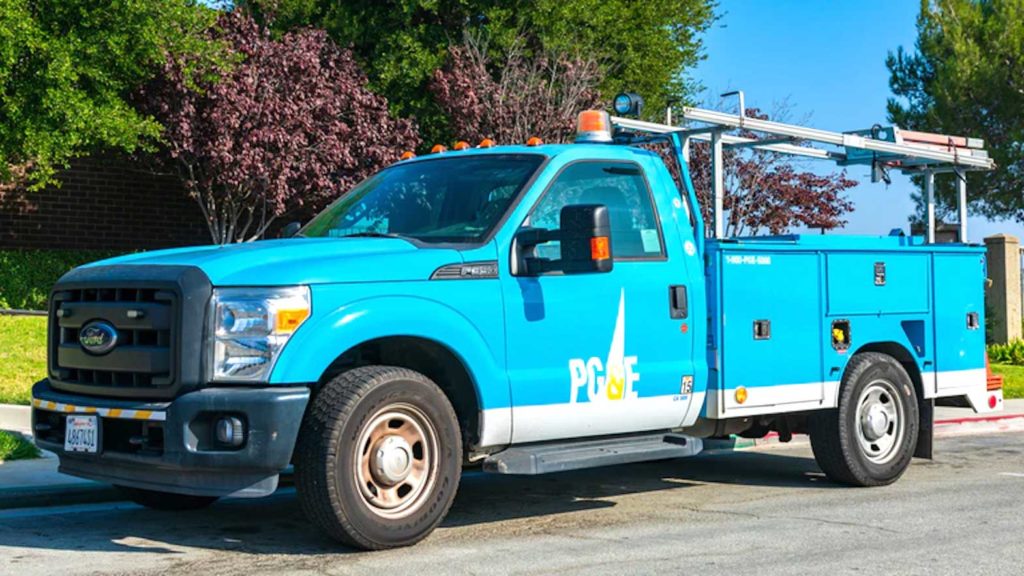PG&E funds new program to back community response to extreme weather

PG&E PHOTO
SAN FRANCISCO— Sponsoring community-driven efforts to find innovative responses to the growing threat of climate change has been a key focus of Pacific Gas and Electric Company’s (PG&E’s) grant funding in recent years. The company is now expanding that portfolio to include support for local safe gathering places and access to critical services during extreme weather events and other emergency situations.
The Resilience Hubs grant program will award $400,000 annually over five years to help communities create a physical space or set of resources that supports community resilience—such as access to power, shelter, and information—to climate-driven disruptions, including wildfires, and Public Safety Power Shutoff (PSPS) events. Once developed, these “resilience hubs” can also be accessed year-round as a community resource.
These grants, awarded at both the $25,000 and $100,000 level, will be funded by PG&E shareholders as part of the company’s investments in statewide wildfire resiliency and response, in accordance with a mandate from the California Public Utilities Commission.
They are offered in complement with the Better Together Resilient Communities program, now in its fifth year, which is funded by charitable contributions from The PG&E Corporation Foundation, an independent 501(c)(3) nonprofit organization. For 2021, Better Together Resilient Communities will also invest $400,000 total―in four $100,000 grants―to help communities better prepare for, withstand, and recover from extreme events and other risks related to climate change.
Priority for both grant programs will be given to projects that address the needs of disadvantaged and/or vulnerable communities. Strategies and solutions resulting from the grants will be made publicly available to help all communities and encourage local and regional partnerships.
“Both of these innovative grant programs are designed to help jump-start local solutions to the climate challenge that are tailored to a specific set of needs, but also transferrable elsewhere,” said Carla Peterman, PG&E Corporation’s Executive Vice President of Corporate Affairs. “Demonstrating what projects work for people is the best way to get good ideas off the drawing board and onto the ground.”
Resilience Hub proposals may include conducting a feasibility analysis to assess resilience hub needs through local engagement, planning and design of physical spaces or mobile resources that will provide community resilience benefit, or retrofits of existing buildings or structures to support community resilience.
Better Together Resilient Communities proposals may include better understanding potential climate hazards, increasing physical resilience, and increasing the coping capacity of communities and households to climate hazards.
“The effects of climate change absolutely impact vulnerable communities the most,” said Beverly Scott, Ph.D., a leader on transportation, infrastructure, and workforce development; Vice Chair of the National Infrastructure Advisory Council; and a member of PG&E’s Sustainability Advisory Council. “Programs like these help make a difference by providing resources to communities in need―helping them to improve their local resilience and, at the same time, build their local capacity.”
To be eligible, applicants to either program must be a governmental organization (including tribal governments), educational institution or 501(c)3 nonprofit organization. All applicants must include a local or tribal government within PG&E’s service area as a partner.
Learn more about both grants and how to apply at the Supporting Community Resilience page on pge.com.

